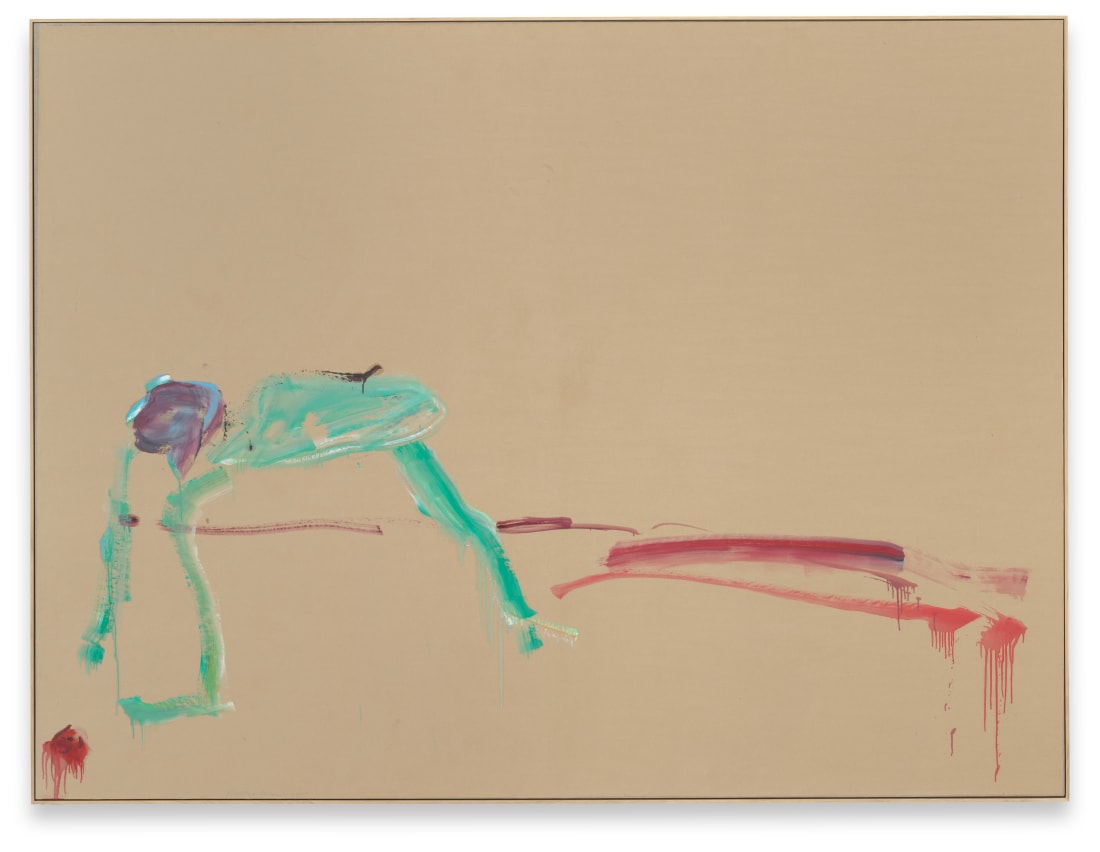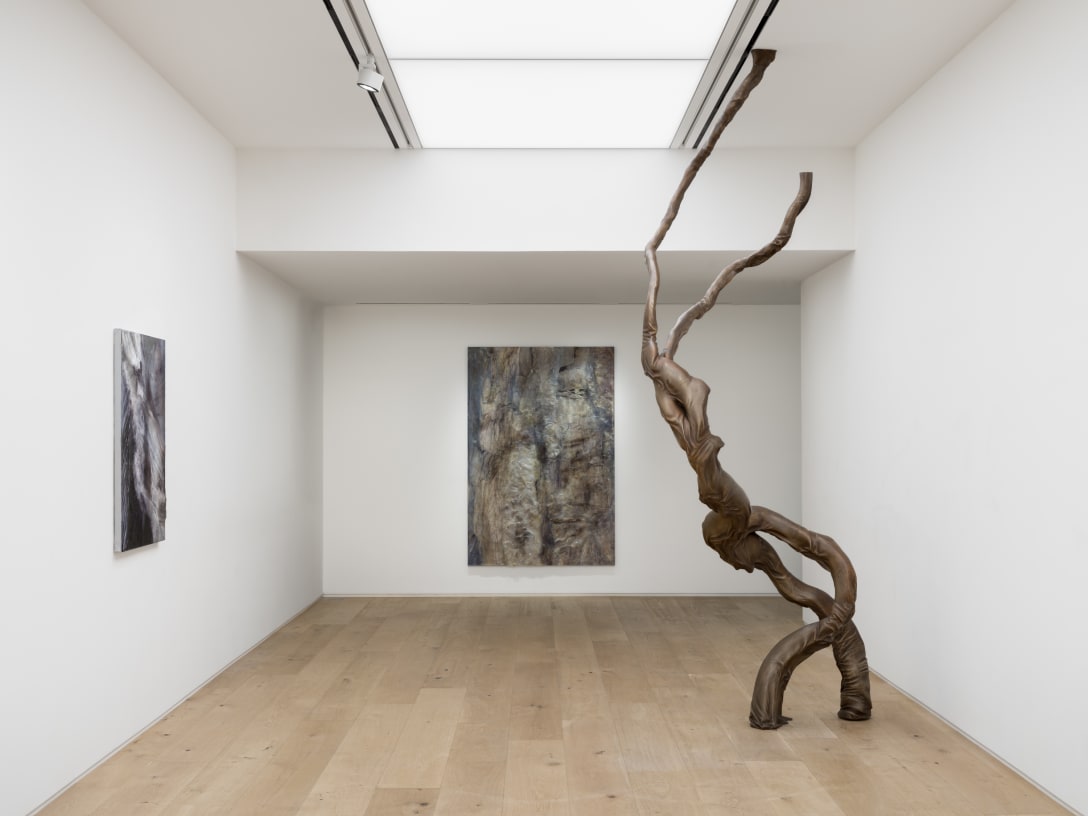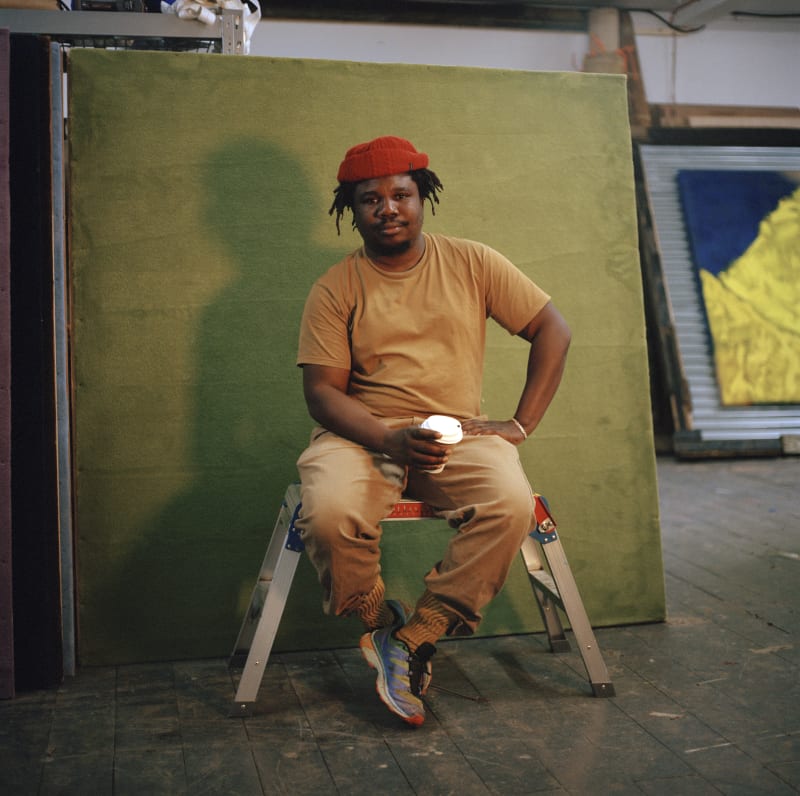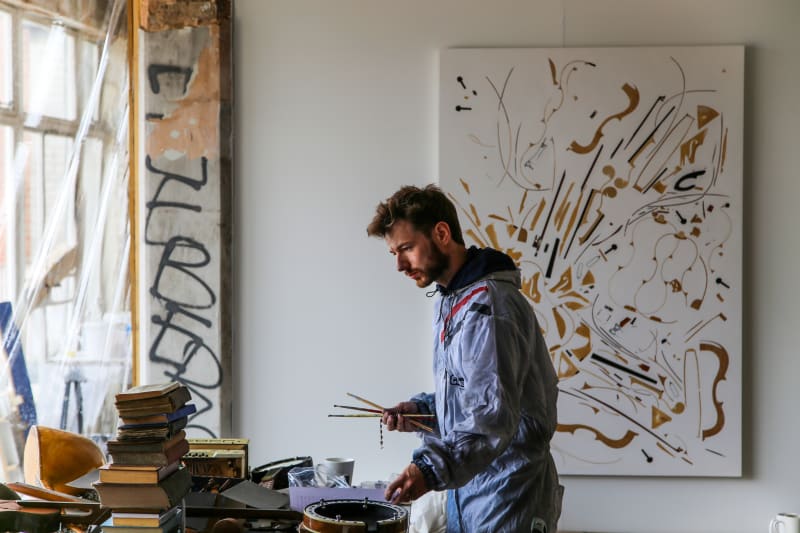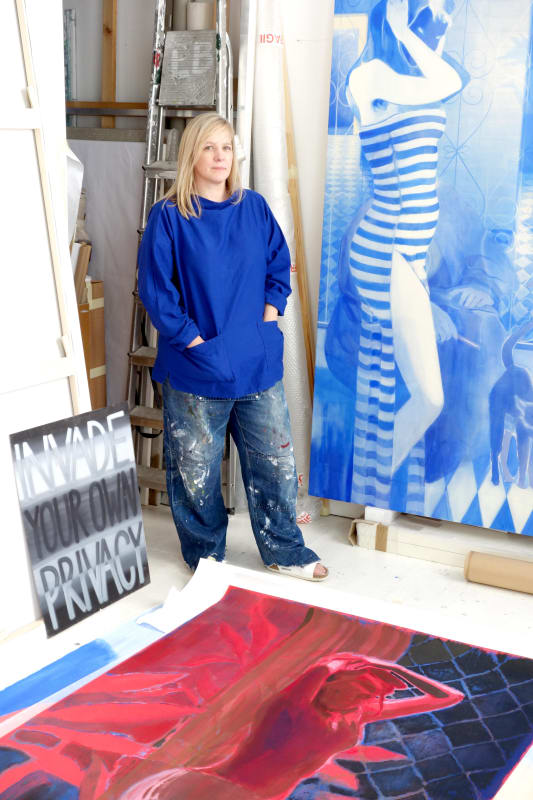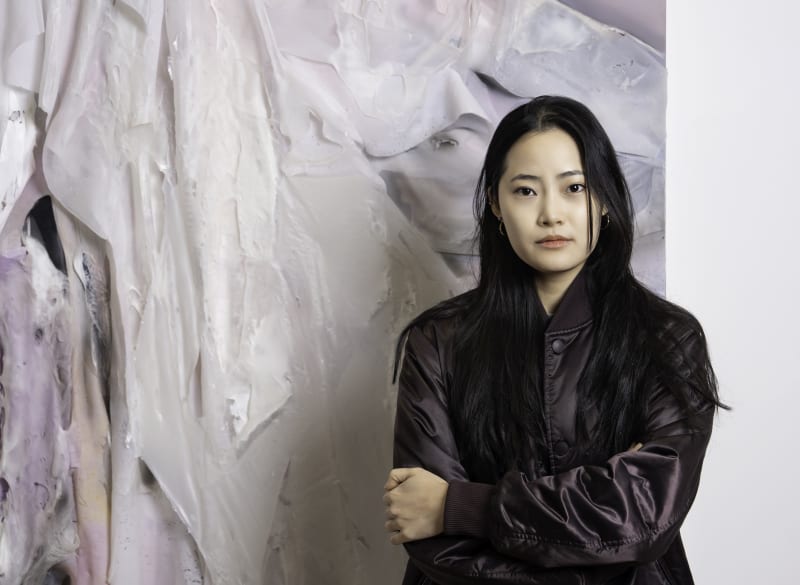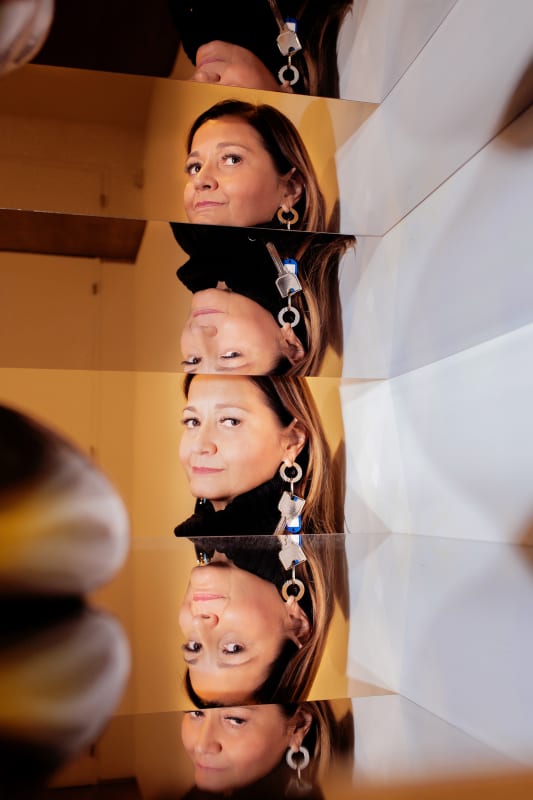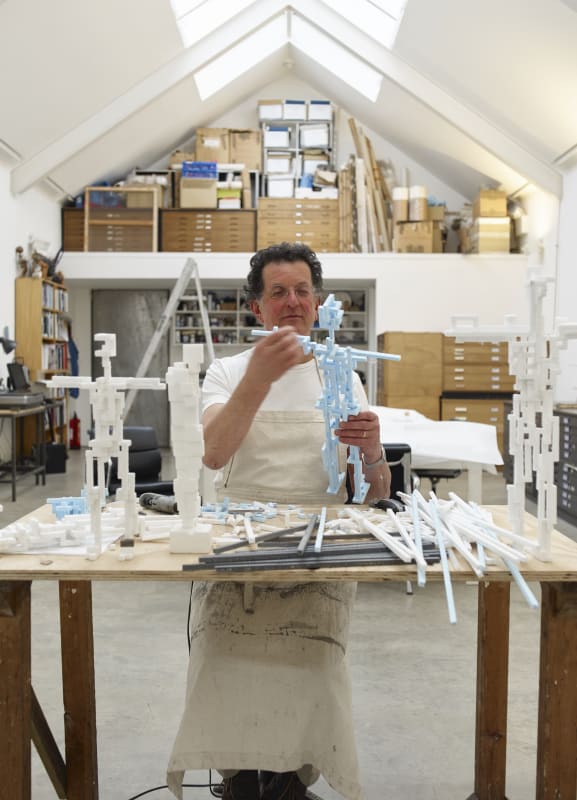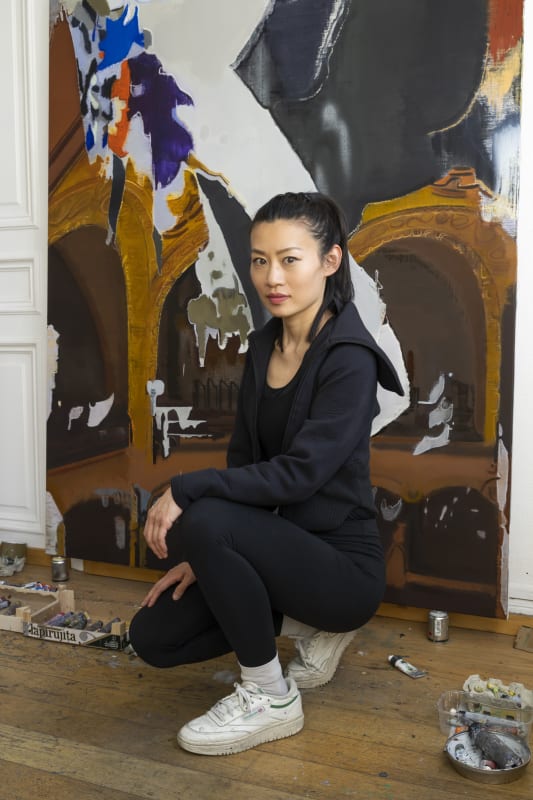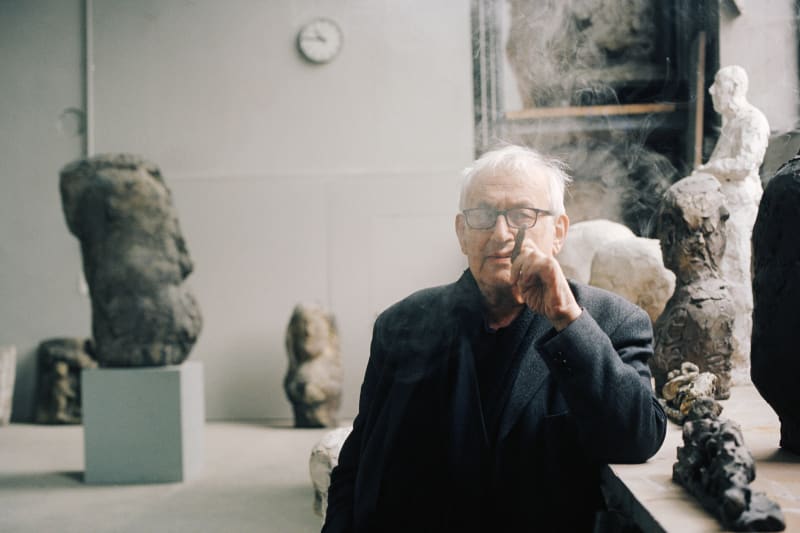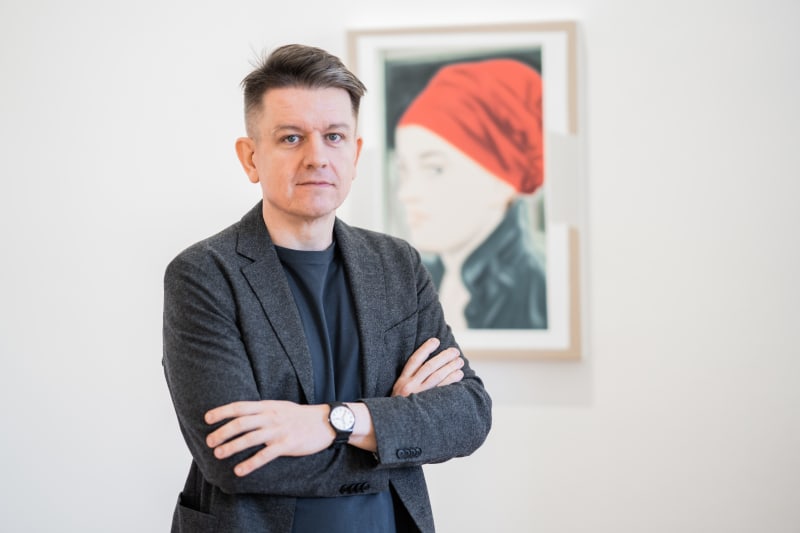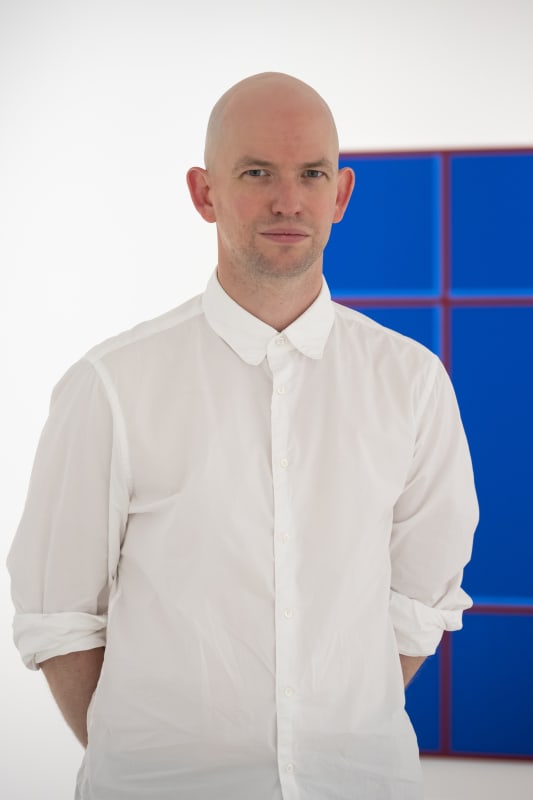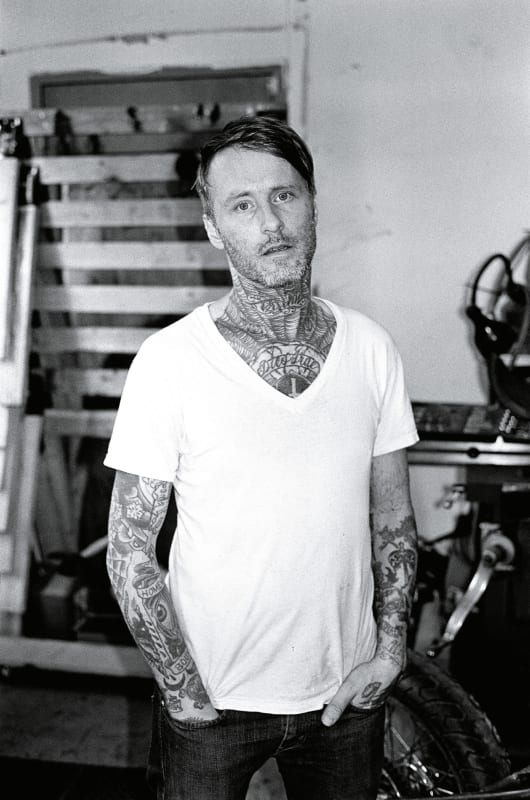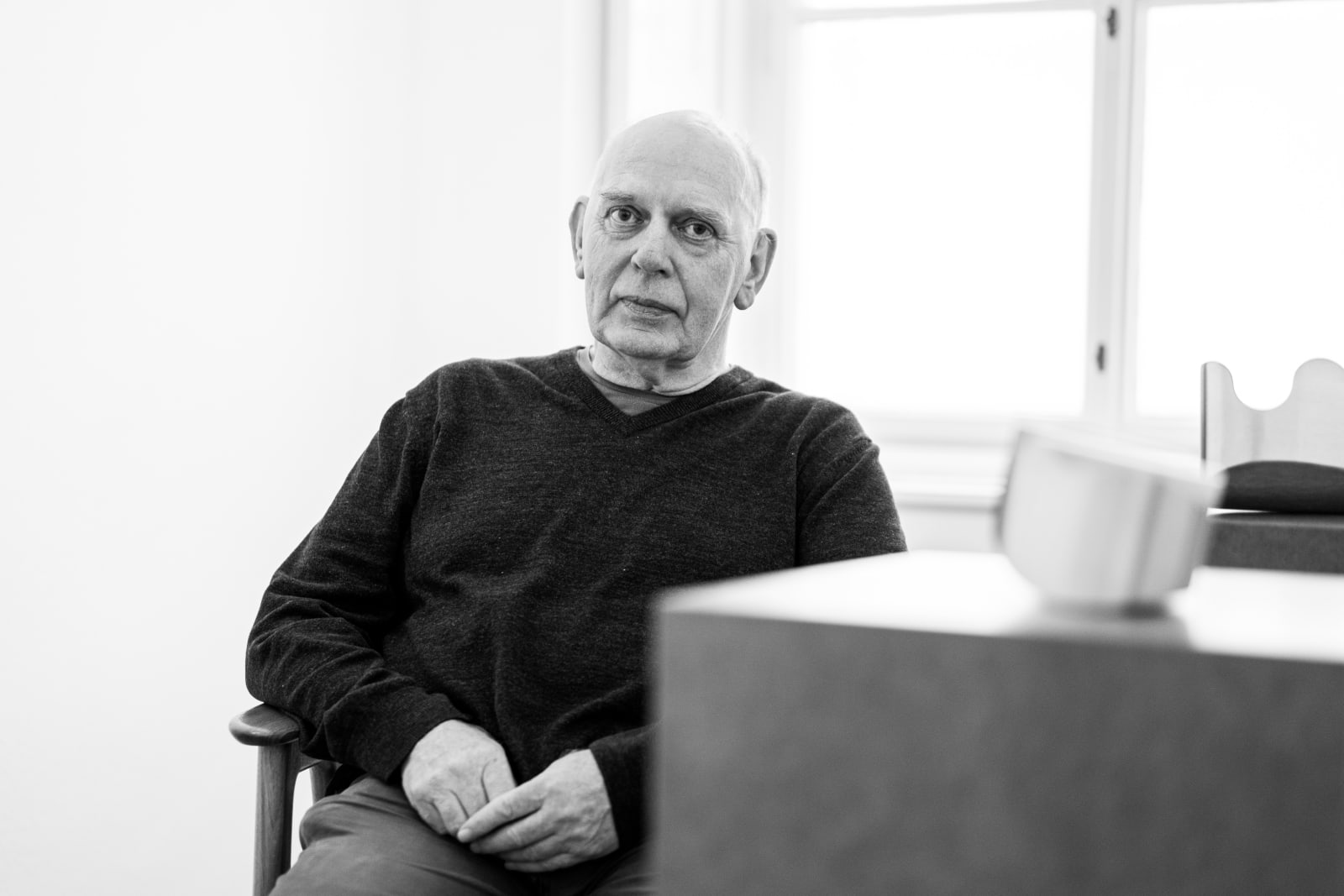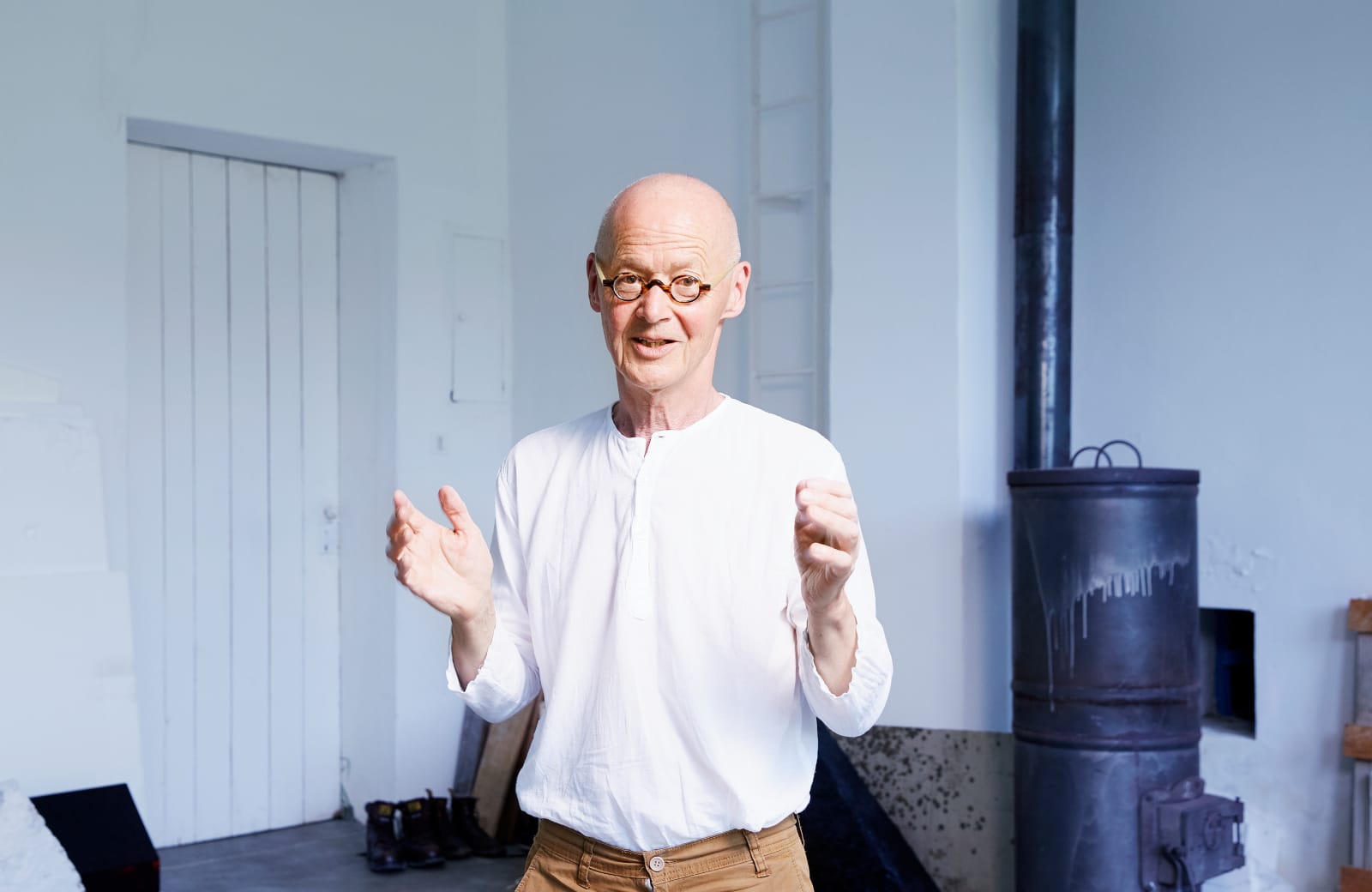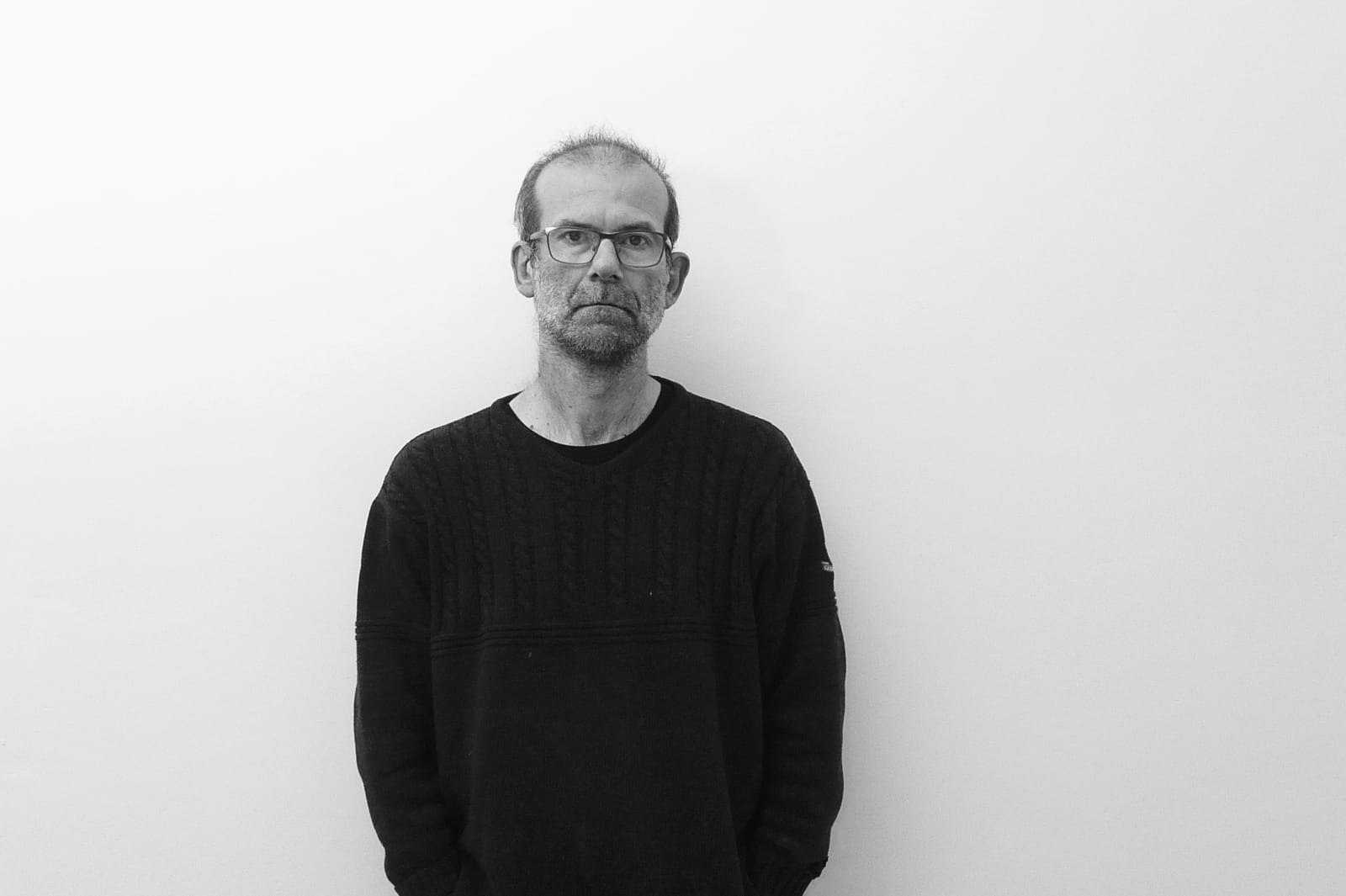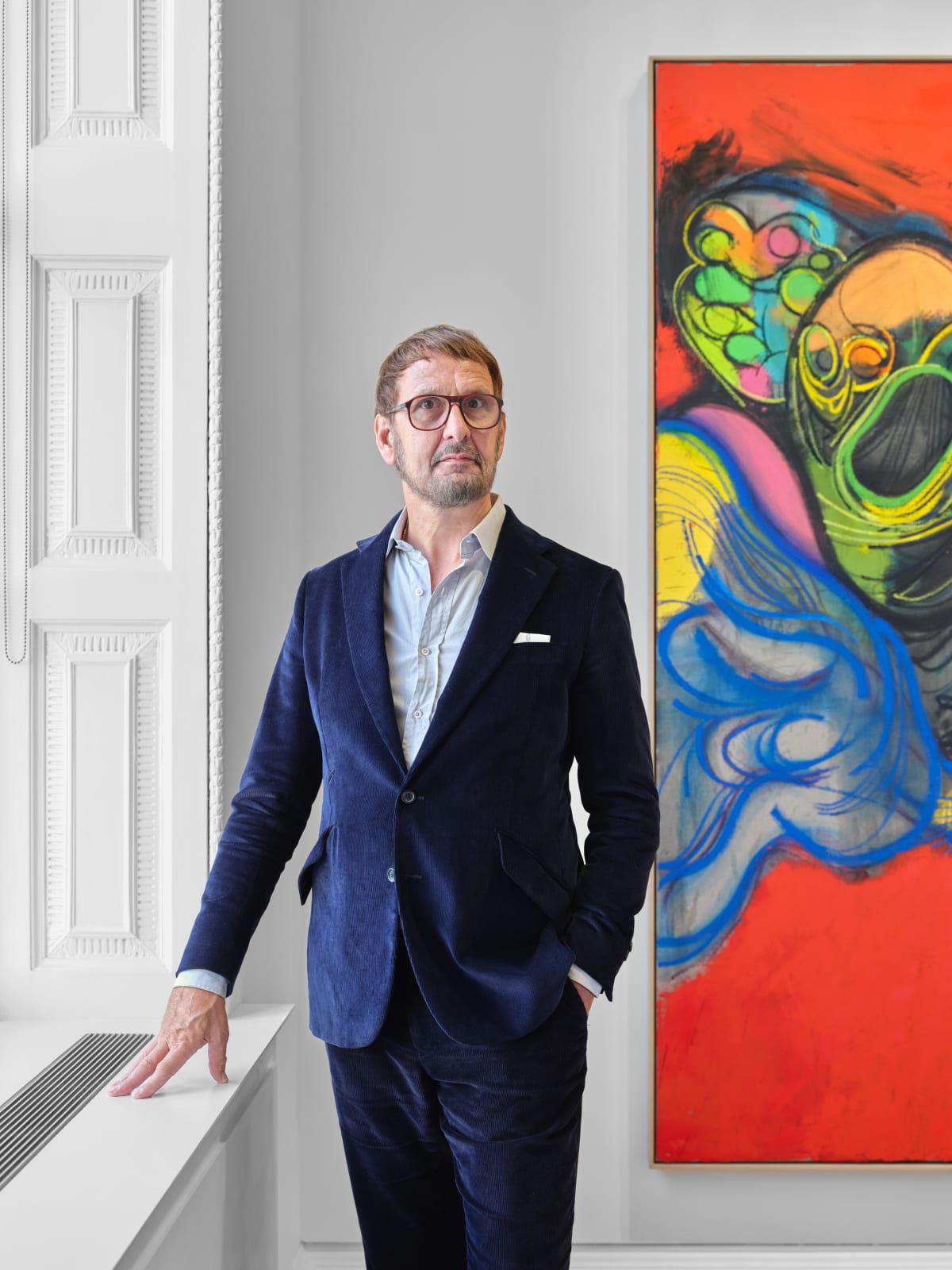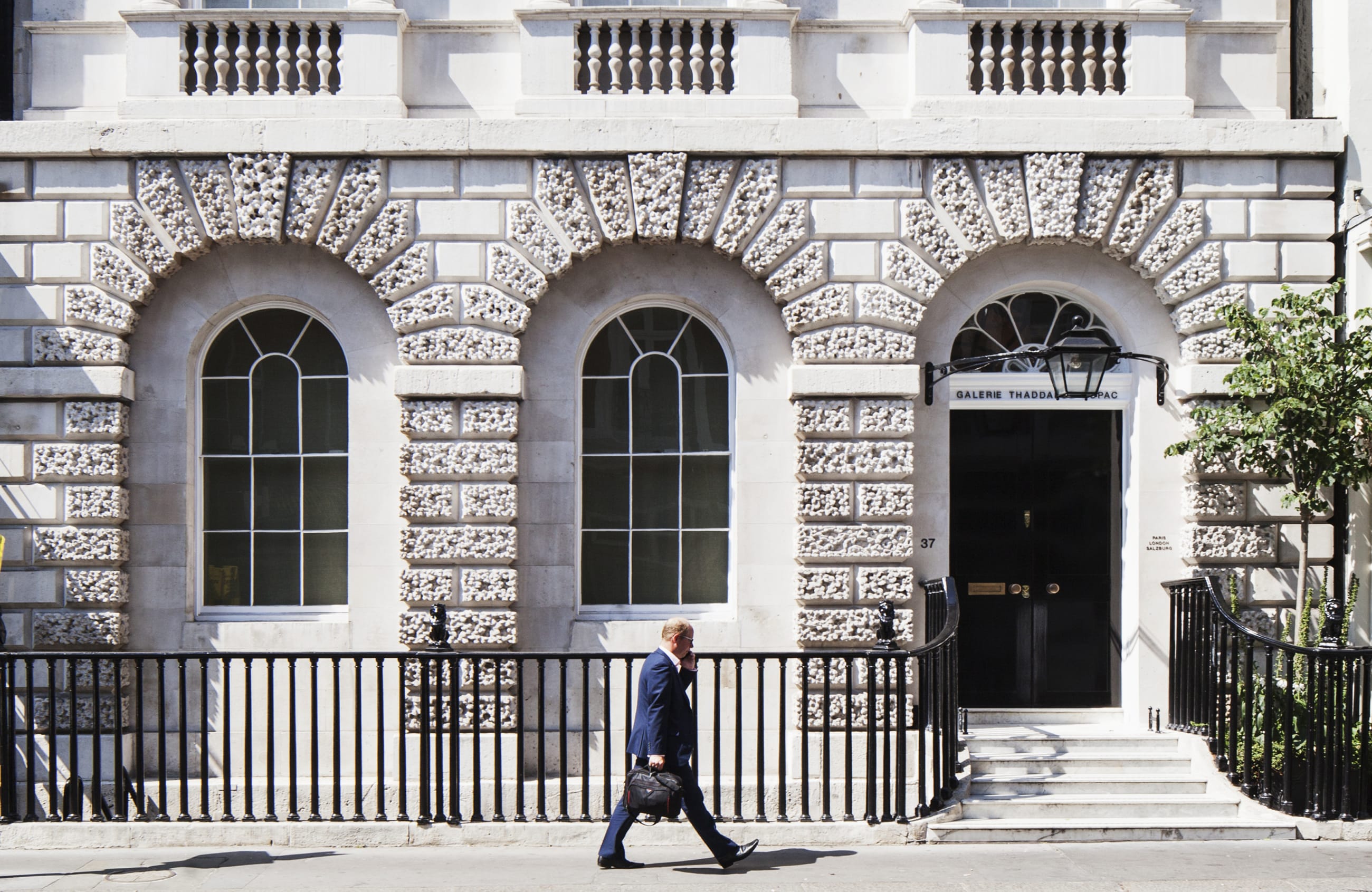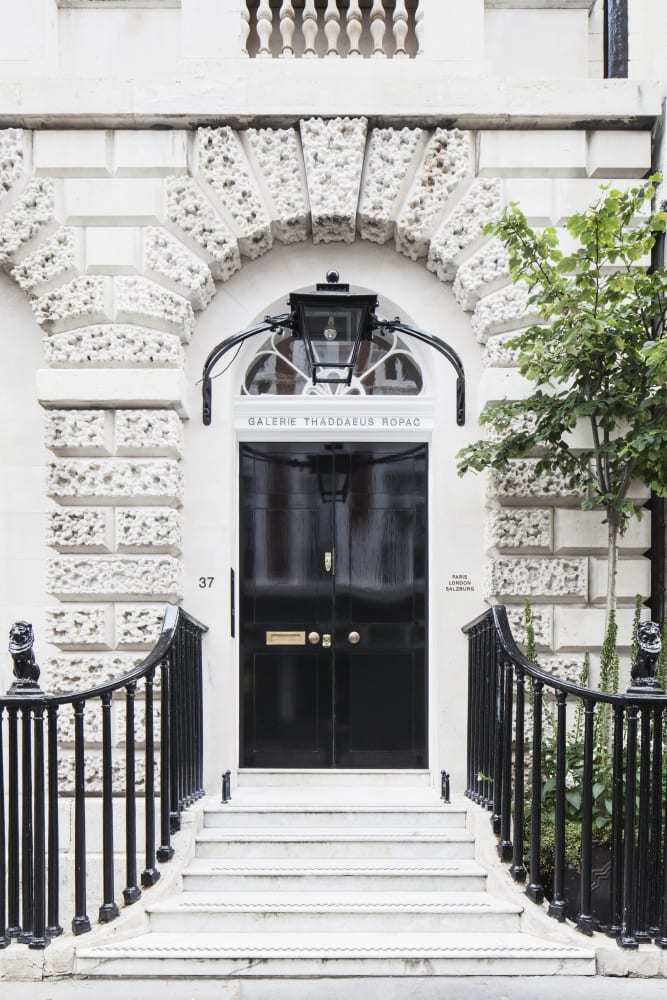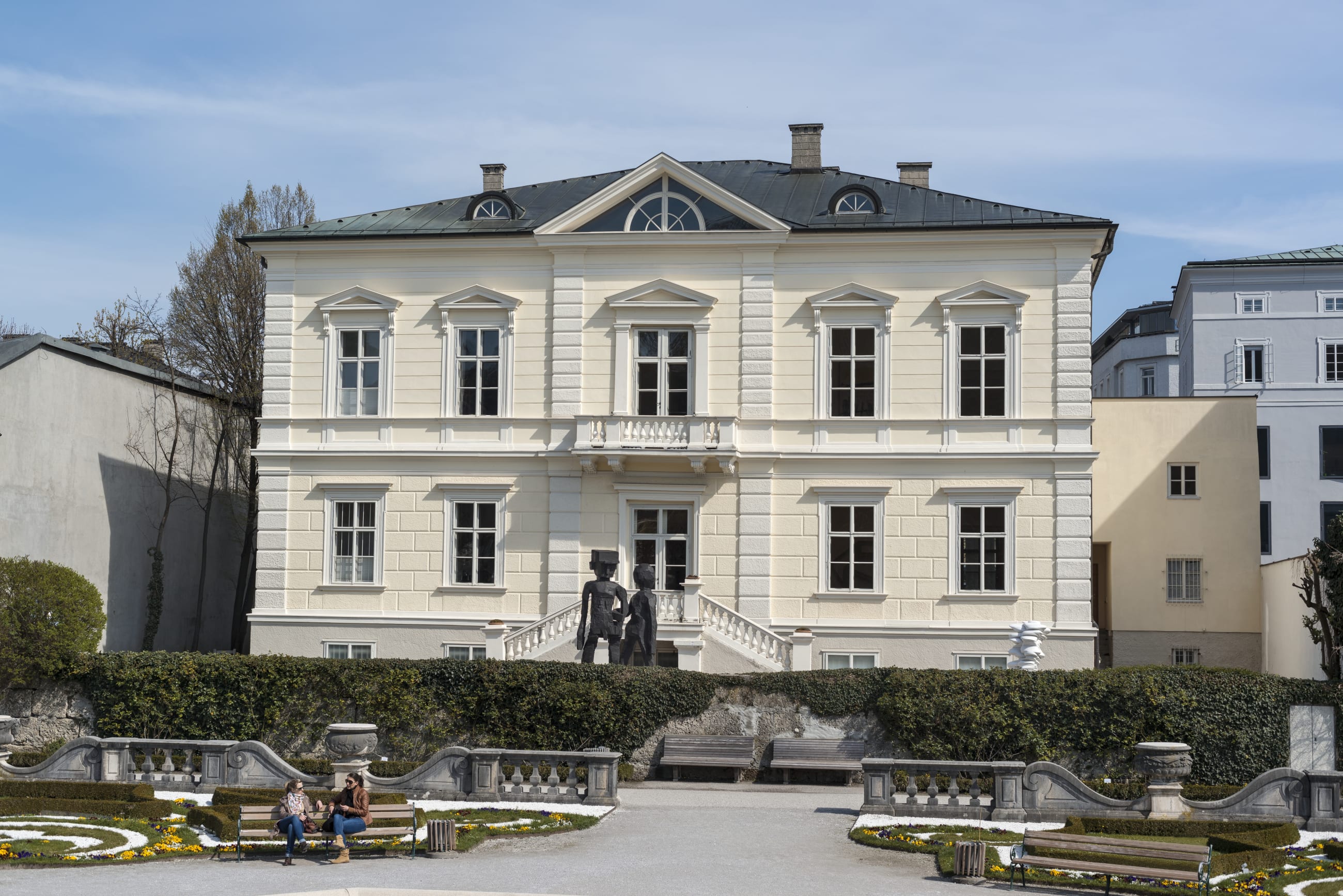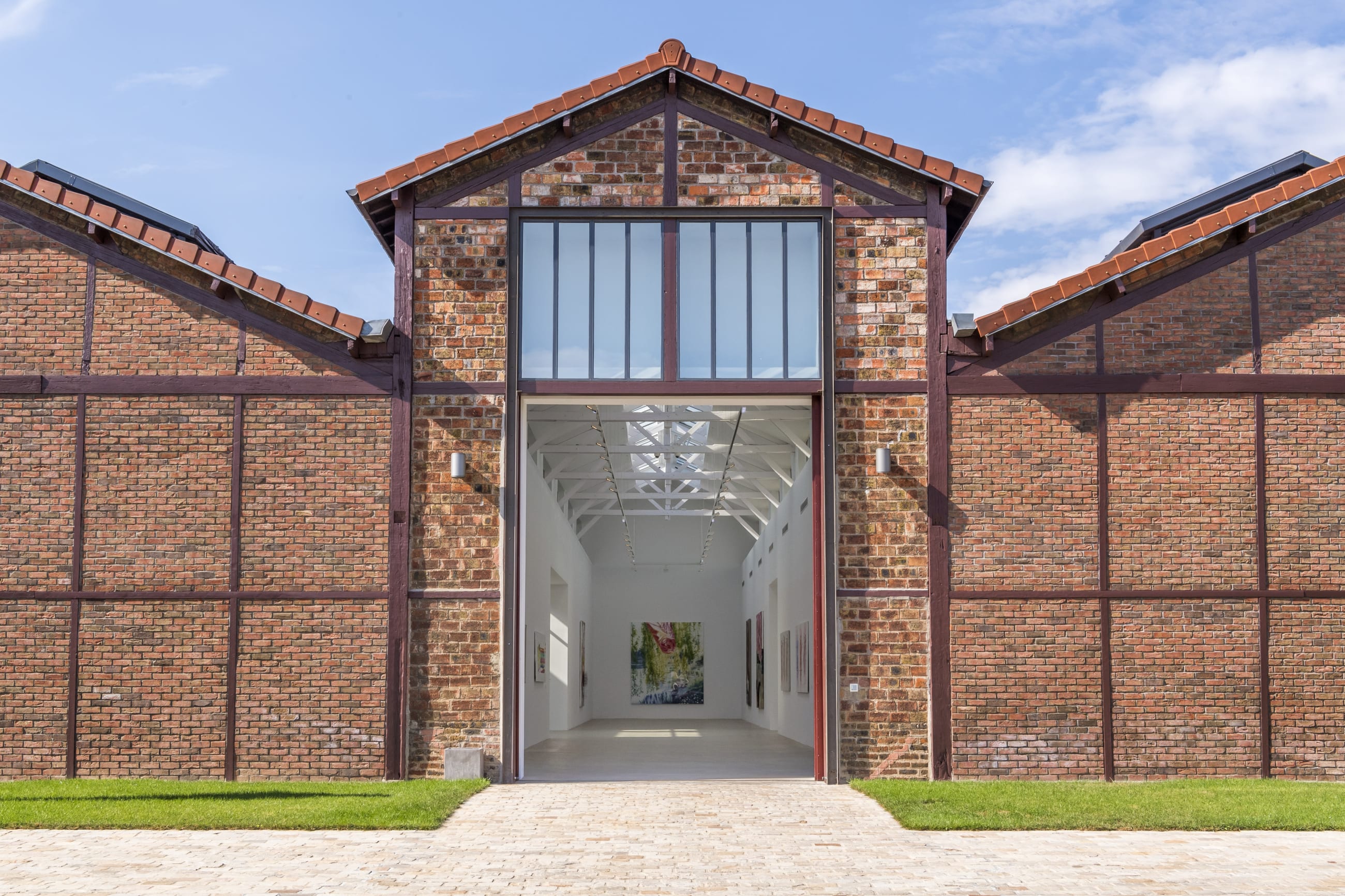Over the past six decades, Martha Jungwirth has garnered international acclaim for her singular approach to painting and critical role in Austria’s post-war art scene. Poised between abstraction and figuration, her art draws upon a wide range of ‘pretexts’: from personal encounters, memories and travel to literature and current affairs. For her first exhibition in China, the Long Museum presents 21 recent oil paintings, bringing together multiple bodies of work, some of which have been exhibited in two of the artist’s major retrospectives at the Guggenheim Museum Bilbao in 2024 and the Kunsthalle Düsseldorf in 2022.
Jungwirth’s paintings convey a palpable sense of self: they are grounded in the body and closely observed perceptions of both her interior and exterior worlds. She describes the painting process as an ‘adventure’ during which images unfurl, grow and reveal themselves. ‘My art is like a diary, seismographic,’ she says. ‘That is the method of my work. I am completely related to myself. Drawing and painting are a movement that runs through me.’ Working in response to sensation – her ease or frustration, euphoria, anger or despair – she constantly innovates, challenging the medium of painting while expanding her gestural vocabulary. ‘What’s important to me are the emotions and what happens during the painting process,’ she explains. Challenge and discovery lie at the heart of Jungwirth’s practice. Whether surrendering to spontaneity or control, impulse gives way to revelation.
Reflecting the breadth of Jungwirth’s visual references and her use of ‘pretexts’ to trigger subject matter, the works in the exhibition interweave scenes from ancient Greek mythology with depictions of recent global events. The story of Atalanta and Hipponomes is reimagined across a series of three monumental works, and in her latest series of paintings titled Rubymar, the artist’s subject is the ill-fated British cargo ship that sank in the Red Sea in 2024. Elsewhere, Jungwirth pays homage to art history and the artists who have left a significant impression on her practice over the years, including Francisco de Goya, Édouard Manet, Edgar Degas and Guido Reni.

In Jungwirth’s works, a lasting impression left by a particular motif is absorbed and transfigured in paint. For her series Atalanta and Hippomenes, she takes a 17th-century oil painting by Guido Reni, part of the collections in the Museo di Capodimonte in Naples, as her inspiration. In the classical myth – narrated by Ovid as well as earlier writers including Hesiod, Sophocles, Euripides and Apollodorus – the young and swift huntress Atalanta agrees to marry a suitor only on the condition that he can outrun her. With the cunning help of Venus, Hippomenes uses three golden apples to distract and overtake Atalanta, claiming victory of the contest and her hand in marriage.
Atalanta und Hippomenes I (nach Guido Reni), 2023
Oil on paper on canvas
242 x 261 cm (102.76 x 95.67 in)
Jungwirth’s interpretation of the scene is charged with velocity and suspense. The racing mythological figures flash across each canvas in a sequence of quick, dripping brushstrokes that recall the ‘dynamic gestures’ of Reni’s Baroque work. Fascinated by the movement of the human body in space, and how images and symbols convey cultural meaning across time, Jungwirth looks to images of athletes in popular media – she collects sports photographs clipped from newspapers and affixes them to her studio walls for visual reference – as well as the intricate marble sculptures that decorate the pediments and friezes of ancient Greek temples. Blending iconographies from past to present, her distinctive approach draws parallels to the writings of German art historian Aby Warburg.


Der Freiermord (2019) depicts a dramatic episode in Homer’s Odyssey in which the hero Odysseus returns home to Ithaca after the Trojan War and kills the suitors who beset his wife Penelope during his twenty-year absence. Jungwirth’s pictorial language verges on abstraction: the figures’ gestures and deadly arrows are reduced to incisive lines that splatter and bleed across the width of the composition. She employs her signature palette of fleshy pinks, blood reds and bruised magentas to further invigorate the corporeal scene. For Jungwirth, ‘painting is always a sort of transformation, which can only be successful if freed from the artist’s own judgement. Even in simplicity, the integrity of a truthful and earnest approach is essential.’
Der Freiermord, 2019
Oil on paper on canvas
105 x 155 cm (41.34 x 61.02 in)

In the classical tale – first recounted in Homer’s Odyssey and later in Virgil’s Aeneid – the Greeks devise a cunning plan to enter the city of Troy after a fruitless ten-year siege. Hiding inside a giant wooden horse constructed and disguised as a peace offering, the Greeks were able to deceive the Trojans, enter the gates of their city and win the war.
Das trojanische Pferd, 2019
Oil on paper on canvas
105 x 155 cm (41.34 x 61.02 in)
In Jungwirth’s interpretation of the myth, the silhouette of a horse emerges across an expansive brown background. Expressive, near-calligraphic brushstrokes suggest the impression of a torso, legs, mane and muzzle, while recalling prehistoric cave paintings and petroglyphs. The Trojan Horse carries particular significance in the artist’s oeuvre. When commissioned to design the monumental, 176-square-metre safety curtain of the Vienna State Opera’s main stage in 2019, it was this subject that she chose.

Jungwirth’s recent Rubymar paintings take the ill-fated British cargo ship that sank in the Red Sea in 2024 as their ‘pretext’. Dark and cyan blues fuse with purples, blacks and vivid chartreuse yellows to create a whirling maelstrom of paint and texture. The artist describes her energetic mark-making as a ‘cascade’, where ‘blotches’, streaks and drips rapidly accumulate.
Rubymar I, 2024
Oil on paper on canvas
242.5 x 356 cm (95.47 x 140.16 in)

The physical intensity of Jungwirth’s mark-making is balanced by areas of sensitivity and restraint. She enjoys leaving parts of her compositions bare and unpainted, revealing the textures of her ground. She describes paper, a material she has elected to paint on since the beginning of her career, as a sensual material. ‘Smooth or rough, its tactile quality often resembles skin,’ she says.
Rubymar III, 2024
Oil on paper on canvas
58.8 x 65.8 cm (23.15 x 25.91 in)

Martha Jungwirth was born in 1940 in Vienna, where she continues to live and work. In 2010, her work featured in a major exhibition curated by Albert Oehlen for the Essl Museum, Klosterneuburg. This was followed by exhibitions at institutions including Kunsthalle Krems (2014); Kunstmuseum Ravensburg (2018); Albertina, Vienna (2018); Museum Liaunig, Neuhaus (2020); Kunsthalle Düsseldorf (2022); Fondazione Giorgio Cini, Venice (2024); and Guggenheim Bilbao (2024). In 2021 Jungwirth was awarded the Grand Austrian State Prize, the republic’s highest commendation for an outstanding life’s work in the field of art.




